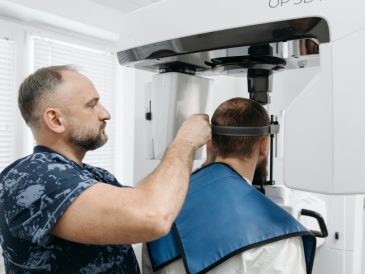Blood vessels are an essential component of the blood circulation system, functioning alongside arteries as well as capillaries to make sure the appropriate functioning of the human body. While arteries lug oxygenated blood from the heart to numerous parts of the body, blood vessels play an essential role in returning deoxygenated blood back to the heart. This article will certainly explore the features of veins thoroughly and also highlight their value in preserving total health.
Transporting Deoxygenated Blood Back to the Heart
One of the main functions of blood vessels is to move deoxygenated blood from the body’s tissues back to the heart. After supplying oxygen to the body’s cells, arteries supply the oxygen-depleted blood to tiny vessels called capillaries. Capillaries, subsequently, release waste products as well as co2 into the blood stream, changing the blood right into a deoxygenated state.
Capillaries, outfitted with one-way valves, then take control of the task of transporting this deoxygenated blood back to the heart. The valves protect against in reverse flow as well as permit blood to stream in only one instructions, countering the results of gravity. This intricate mechanism guarantees that blood is effectively returned ottomax+ to the heart, where it can be reoxygenated and sent back into flow.
The entire procedure, known as venous return, is important for maintaining optimum blood circulation, stopping the build-up of toxins, and also allowing for the reliable delivery of nutrients and oxygen to the body’s cells.
Aiding Contraction as well as Circulation
In addition to facilitating the return of deoxygenated blood, blood vessels additionally play an important function in assisting muscle contraction and flow. Skeletal muscle mass, which border lots of big veins in the body, add to the activity of blood with the capillaries. When muscular tissues contract during exercise or motion, they compress neighboring capillaries, pressing blood forward in the direction of the heart.
This mechanism, referred to as the skeletal muscular tissue pump, helps to overcome the results of gravity and also efficiently move blood against gravity’s pull. Regular physical activity as well as workout are necessary for maintaining the health and wellness and strength of the skeletal muscular tissue pump, ensuring correct venous circulation throughout the body.
Moreover, veins possess smooth muscle mass fibers in their walls that agreement as well as unwind, aiding in the movement of blood. By contracting, these muscle mass apply stress on the blood, pushing it ahead and stopping stagnancy or pooling of blood in the blood vessels.
It deserves keeping in mind that venous flow is usually slower than arterial blood circulation as a result of the reduced blood pressure in capillaries. For that reason, the support of contraction and the contraction of smooth muscular tissues within the blood vessels are important for keeping a stable circulation of blood.
Acting as Blood Reservoirs
In addition to their role in facilitating blood circulation, blood vessels likewise function as blood storage tanks. Unlike arteries, which have thick, muscular walls, capillaries possess thinner walls and can broaden and also acquire to accommodate differing blood quantities. This capacity allows veins to save excess blood and also control blood distribution throughout the body.
Throughout exercise or times of boosted need, veins can acquire, pressing depanten farmacia tei kept blood back right into flow as well as making certain an adequate supply of oxygen and also nutrients get to the muscle mass and body organs. On the other hand, during periods of remainder or lack of exercise, blood vessels can kick back as well as suit more blood, working as a reservoir to maintain blood volume and blood pressure.
- Venous return is the process of returning deoxygenated blood to the heart.
- Veins have one-way valves to avoid backwards flow.
- The skeletal muscle mass pump help in venous flow.
- Capillaries possess smooth muscle fibers to promote blood activity.
- Capillaries function as blood storage tanks, managing blood quantity.
Stopping Blood Clots and Supporting Overall Wellness
The proper performance of capillaries is important for protecting against the development of blood clots and keeping total wellness. When blood flow slows down or comes to be stationary due to aspects such as extended stability or specific clinical conditions, there is a boosted threat of embolism development.
Veins possess a special attribute called venous shutoffs, which operate in conjunction with the skeletal muscle mass pump to prevent the in reverse circulation of blood and also keep a constant flow in the direction of the heart. These shutoffs, in addition to the muscle contractions, help to avoid blood from pooling as well as thickening within the blood vessels.
Moreover, the efficient flow of blood with veins is essential for providing nutrients and oxygen to the body’s cells as well as removing metabolic waste items. Healthy venous blood circulation sustains the proper performance of body organs and also systems, contributes to optimum cell feature, and promotes total wellness.
Finally
Blood vessels play an essential function in the circulatory system, delivering deoxygenated blood back to the heart, assisting contraction and blood circulation, working as blood storage tanks, and stopping blood clots. Comprehending the relevance of veins is crucial for preserving general wellness as well as making certain ideal blood flow throughout the body.
By integrating routine exercise, keeping a healthy lifestyle, and also attending to any hidden clinical conditions, people can support the wellness and feature of their blood vessels, promoting a healthy and balanced blood circulation system and overall well-being.

